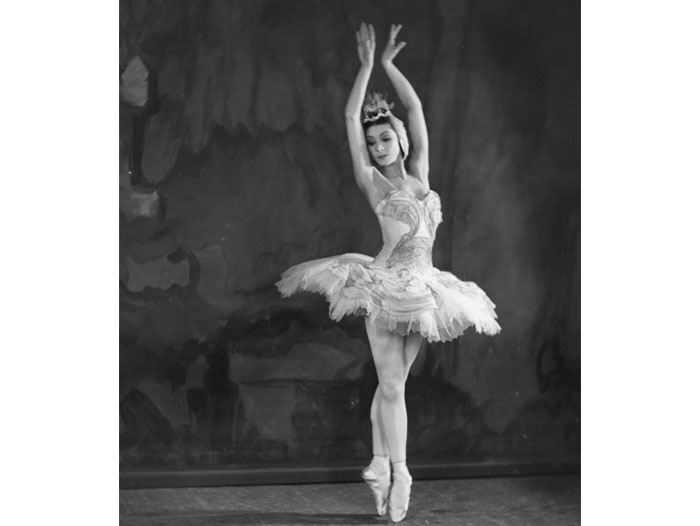Ballerina Blog
Information & insights for graceful living.

The Making of the Modern Ballerina
January 18, 2015

While most people think of ballet as a particularly feminine art form, the truth is that ballet was originally developed for and by men — kings in fact! Over 350 years ago, the ability to dance ballet was considered to be the hallmark of masculine nobility and power. King Louis XIV (ruled France 1661 – 1715) practiced his pliés everyday, and he expected his entire court to do the same.
At Versailles, the “Sun King” staged elaborate productions in which he was the star and the men and women of the French court moved around him in an intricate balletic orbit. Men danced the complex movements of ballet. The secondary status of women and the dictates of French fashion (which included hoop skirts, corsets, and layers of heavy fabric) meant that the ladies mostly just walked in pretty patterns.

Women only became the real stars of ballet when they began dancing en pointe. In 1832, Marie Taglioni astonished audiences at the Paris Opera by rising onto the tips of her toes in a ballet called La Sylphide. Wearing a long white romantic tutu and dancing en pointe, Taglioni seemed to float across the stage. The ethereal effect of her dancing catapulted Taglioni to international stardom and forever changed the world of ballet, pushing the danseur (male dancer) aside to put the ballerina in the spotlight. Still, it took another fifty years for the iconic image of the ballerina in a short tutu, tiara, and pointe shoes to emerge.

In the latter half of the nineteenth-century, ballet flourished in Imperial Russia. Works such as The Nutcracker, Swan Lake and The Sleeping Beauty introduced ever more technically demanding choreography. Pointe shoes now had stiffer soles and toe boxes that allowed ballerinas to balance and spin like never before. Tutus were shortened to allow ballerinas to show off the technique of the feet and legs, while hairstyles gradually became tighter and closer to the head. Thus, it was the pointe shoe that revolutionized ballet into a distinctively feminine art form with the iconic classical tutu and bun that define ballerinas today.
In terms of ballet history, it took some 250 years for the modern ballerina to emerge, yet the graceful beauty of this most elegant and revered dance form is truly timeless.
Happy Dancing!
Tiekka
Subscribe to the Everyday Ballet newsletter and get weekly free EDB workouts, tips, nutritional advice and style-counsel from Everyday Ballet.


